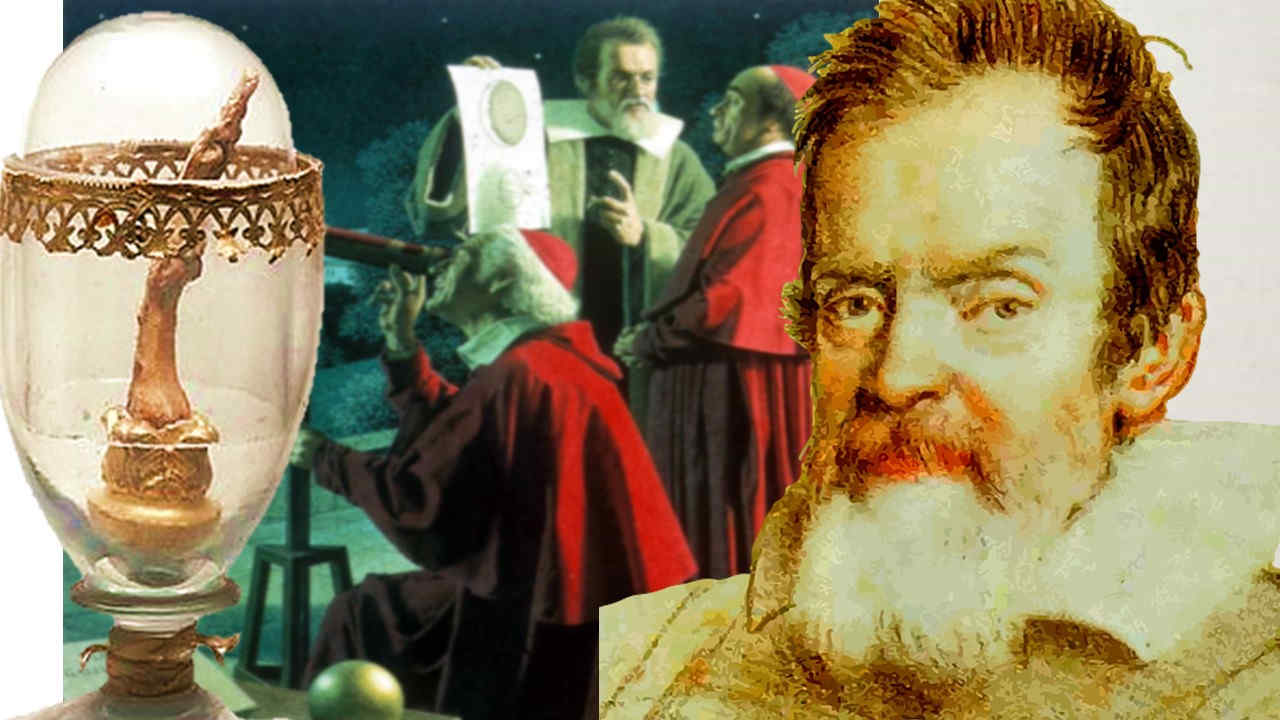
Astronomer Galileo Galilei was the most well known scientist of old and one of the most underrated scientists today. He is not as widely recognized as Newton or Einstein despite laying the very foundations of physics in the 16th century.
But one can also learn from Galileo lessons of bravery and honesty. To search for truth in all his life, Galileo challenged and exposed the stubbornness of authorities – academic or religious. Following are 8 interesting facts on Galileo.
Middle finger
At the time of Galileo's death, his family wanted to erect a marble mausoleum in Galileo's honor. The then Pope of Catholic Church vehemently protested against it and Galileo was buried in a small underwhelming room as a result.
After the Pope died, the family reburied Galileo and removed three fingers from Galileo's remains. Today, the middle finger of Galileo's right hand is on display at a Museum in Florence. A prime example of how the tables have turned.
Father of physics
Einstein was highly inspired by Two New Sciences which was written while Galileo was under the house arrest. In this book, Galileo summarized all the experiments on physics he had conducted in the forty years earlier. As a result of this work, Galileo is often called the father of modern physics.
Einstein's hero
Galileo proposed that everything is relative... there is no absolute motion or absolute rest. That the laws of physics are the same in any system that is moving at a constant speed in a straight line, a principle that is central to Einstein's special theory of relativity.
Debunking Aristotle
A biography by Galileo's student Vincenzo Viviani states that Galileo gathered a crowd and climbed the Tower of Pisa to drop balls of the same material, but of different masses to prove Aristotle wrong. Galileo observed that an object twice as heavy did not fall twice as fast, as was Aristotle’s claim.
Apology by Church
In 1939, Pope Pius XII in his first speech, described Galileo as being among the most audacious heroes of research... not afraid of the stumbling blocks and the risks on the way. On 31 October 1992, Pope John Paul II acknowledged that the Church had erred in condemning Galileo 359 years ago.
Galileoscope
In 2009, a small mass-produced low-cost telescope was released with the motive to increase public interest in astronomy and science. It was developed to commemorate the fourth centenary of Galileo's first recorded astronomical observations with the telescope.
The 2-inch Galileoscope helped millions of people view the same things seen by Galileo Galilei with his telescope such as the craters of Earth's Moon, four of Jupiter's moons, and the Pleiades.
What is in a name?
Galileo disliked his given surname and did not use it in public documents as it was not compulsory at the time. He was named after a family ancestor Galileo Bonaiuti, who was an important physician and professor in Florence. Galileo Bonaiuti was buried in the same church where about 200 years later, Galileo Galilei was also buried.
Follow your heart
Since Galileo was named after a physician he was enrolled at the University of Pisa in 1580 to become a doctor. Although Galileo considered priesthood as a young man at his father's urging he obliged.
In 1581, when Galileo was in a lecture hall studying medicine he noticed a swinging chandelier, which air currents shifted about to swing in larger and smaller arcs.
To him, it seemed that the chandelier took the same amount of time to swing back and forth. This could be a fine time keeping instrument Galileo thought.
Up to this point, Galileo had deliberately been kept away from philosophy and mathematics because a doctor earned more than a mathematician. Galileo convinced his father into letting him study natural philosophy instead of medicine after this incident.







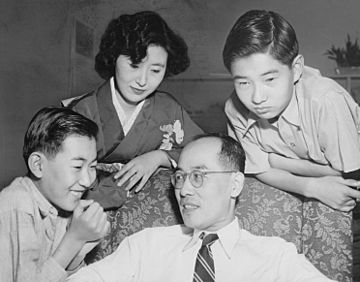
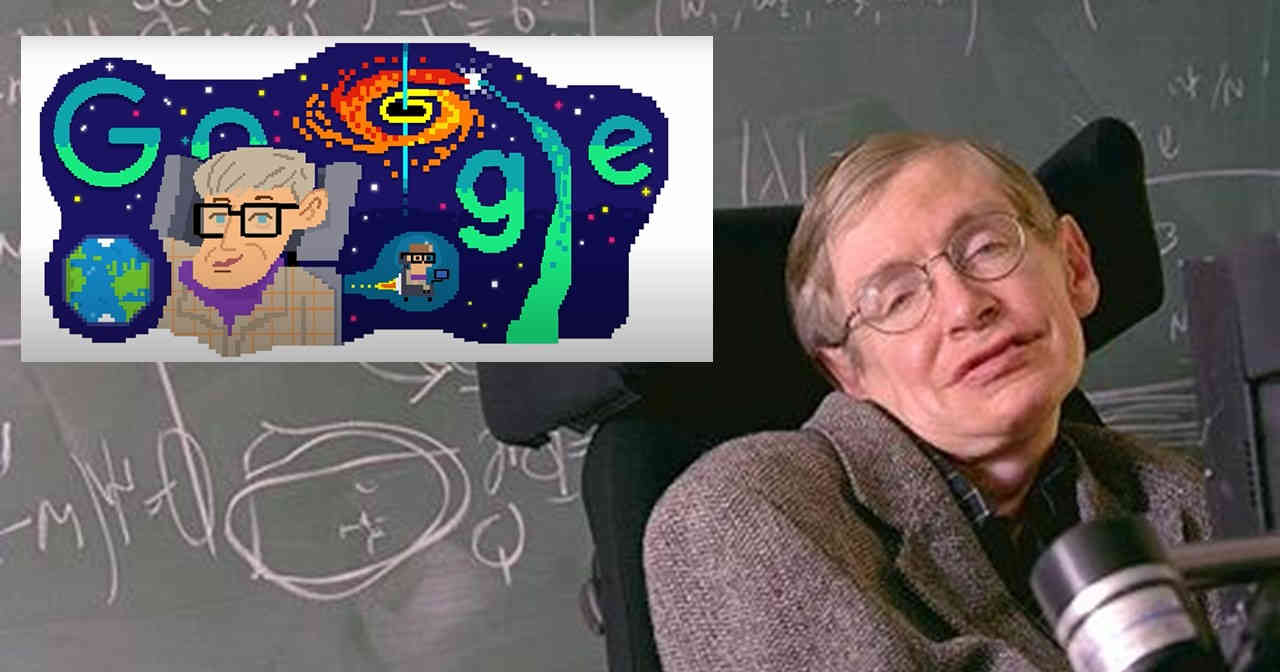
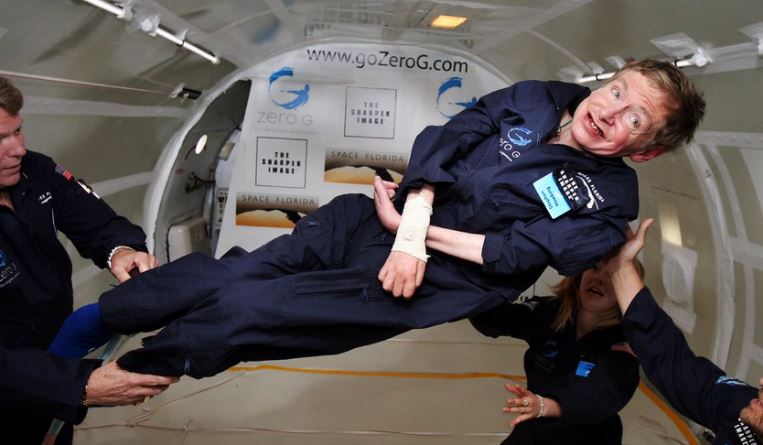
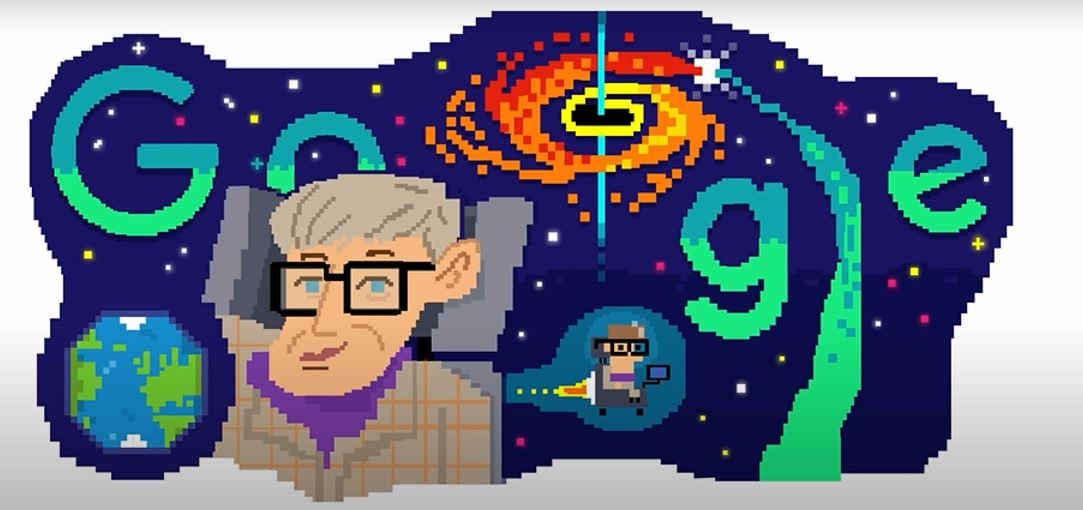
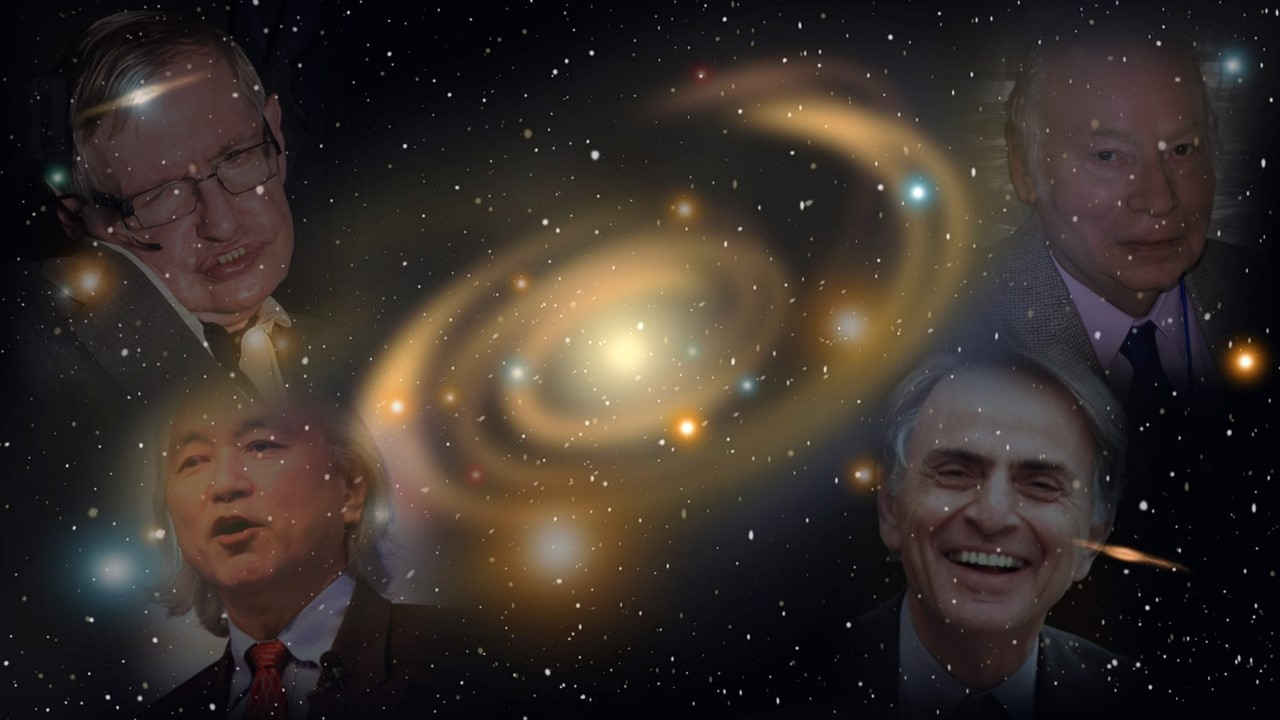







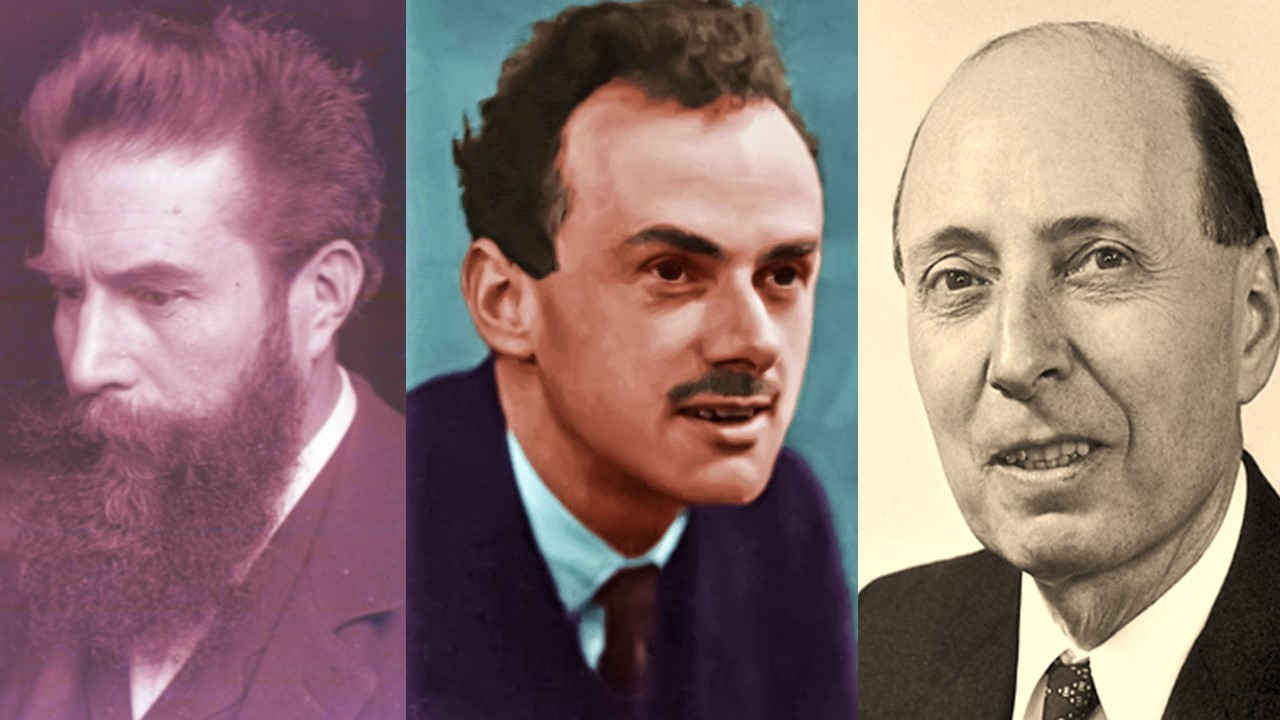
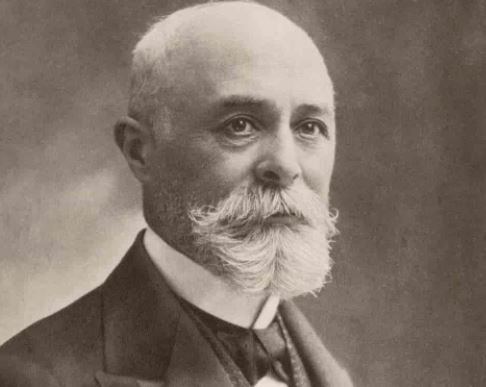




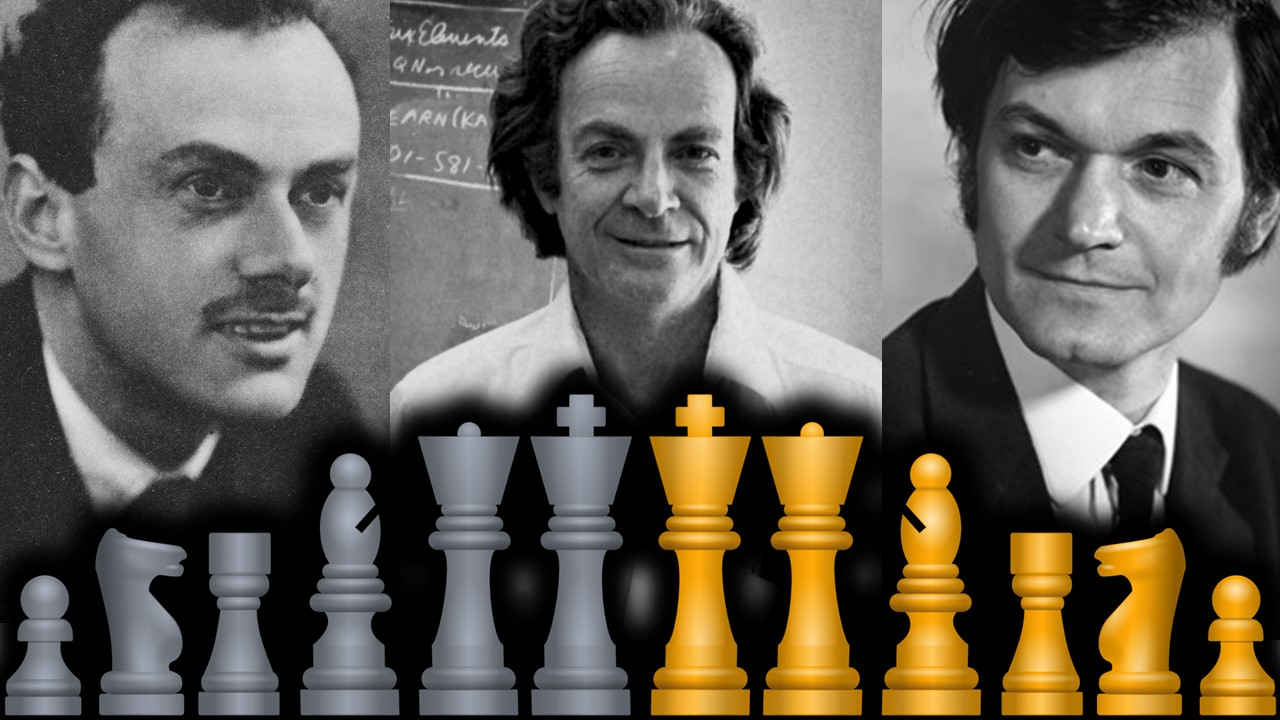
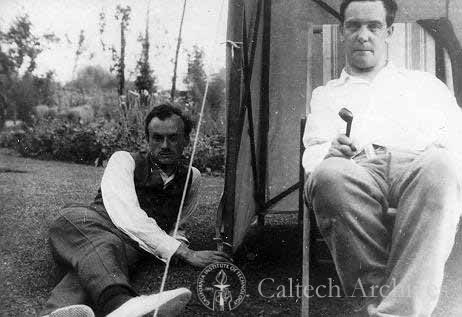
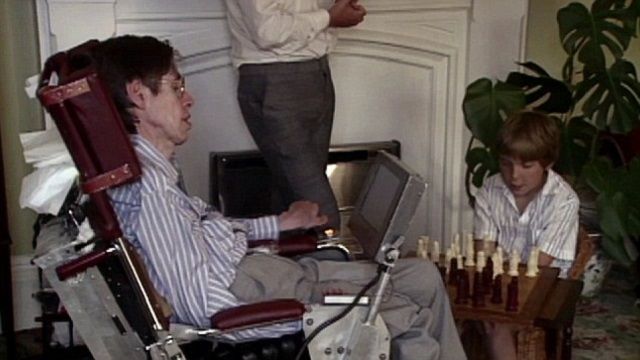
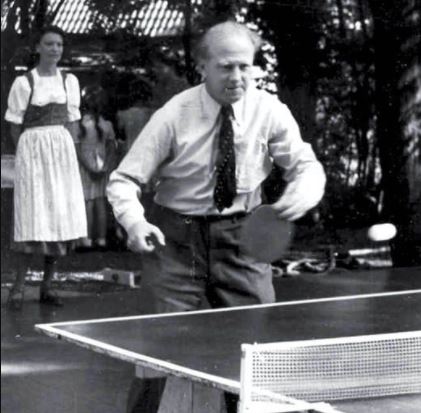
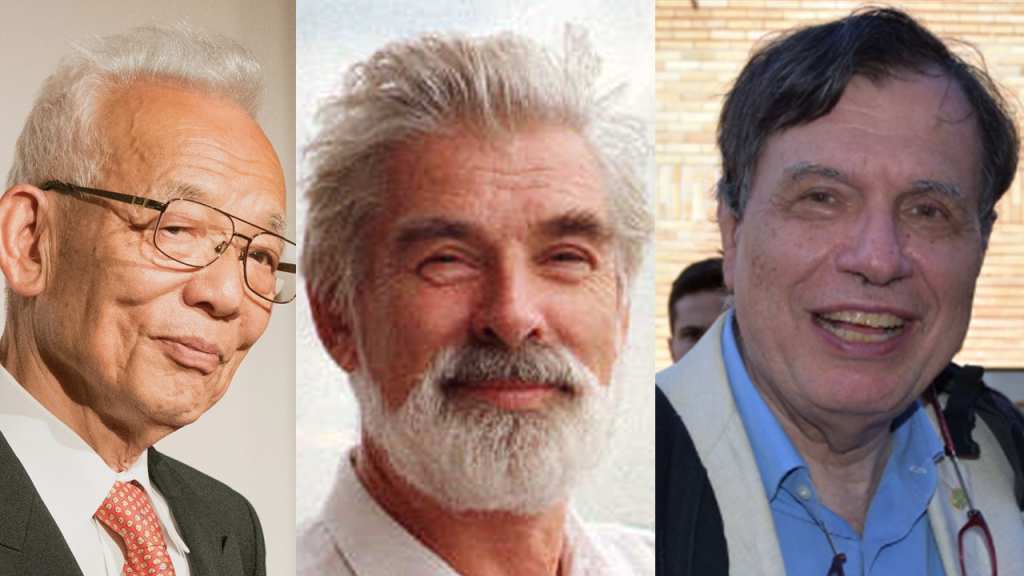
 Physics, astronomy and science history blog for students
Physics, astronomy and science history blog for students